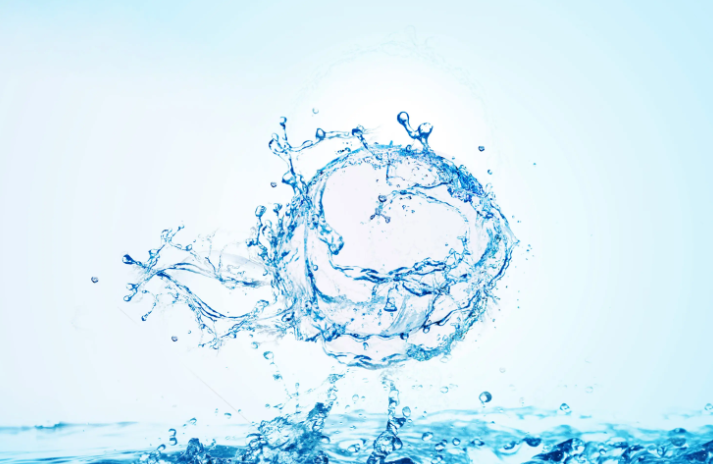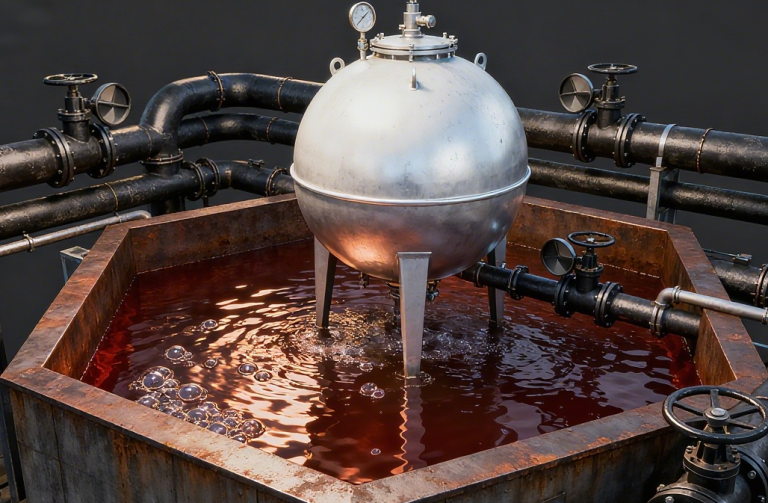Professional Manufacturer of Biomagnetic Beads

Extract RNA from water to discover the secret of liquid
Every drop of water may hide important biological information in the unknown world. With the advancement of technology, scientists have started to explore how to extract genetic material from various environments to reveal its secrets. One such technique, RNA extraction from water, is challenging and promising. In this article, we’ll take you through the process and its significance.

Why extract RNA from water?
Water is not only one of the most ubiquitous substances on earth, it is also the place where many life activities take place. Be it oceans, lakes rivers, or even groundwater, it can be home to microorganisms and other organisms. By extracting RNA from these bodies of water, scientists can track the presence of specific microorganisms, monitor the health of water bodies, and even discover new species. In addition, in the field of disease prevention and control, this method can be used for early detection of waterborne pathogens, providing important data to support public health.
Challenges and solutions to the RNA extraction process
Despite its promise, extracting RNA from water is no easy task. First, RNA concentrations in water are typically extremely low, which requires extraction methods to be highly sensitive. Second, the widespread presence of RNase (an enzyme that rapidly degrades RNA) in the aquatic environment makes RNA highly susceptible to damage. Faced with these challenges, researchers have developed several strategies:
Sample pretreatment: Concentrating water samples by means such as filtration or centrifugation can help improve RNA recovery.
RNA protection: Adding RNase inhibitors to samples as soon as they are collected, or rapidly freezing and preserving them to maximize RNA integrity.
High-efficiency extraction technology: Utilize specially designed RNA extraction kits, which are not only capable of effectively lysing cells to release RNA but also effectively inhibit RNase activity to ensure the quality of RNA.
Application and Future Prospects of the Technology
With the continuous advancement of technology, the application of RNA extraction from water is gradually expanding. It has not only become an important tool for environmental science and ecology research but has also shown great value in many fields such as disease prevention and food safety. In the future, with the emergence of more efficient and convenient extraction techniques and analytical methods, we have reason to believe that this technology will play a greater role in a wider range of fields to help mankind better understand and protect the natural environment on which we depend.
In conclusion, RNA extraction from water is an interdisciplinary field that combines biology, chemistry, and engineering. It not only opens a window to the underwater world but also provides a powerful tool for solving practical problems. Let’s look forward to more exciting discoveries in this field!
Supplier Introduction
Shanghai Lingjun Biotechnology Co., Ltd. was established in 2016 which is a professional manufacturer of biomagnetic materials and nucleic acid extraction reagents.
We have rich experience in nucleic acid extraction and purification, protein purification, cell separation, chemiluminescence and other technical fields.
Our products are widely used in many fields, such as medical testing, genetic testing, university research, genetic breeding, and so on. We not only provide products but also can undertake OEM, ODM, and other needs. If you have related needs, please feel free to contact us at sales01@lingjunbio.com.






